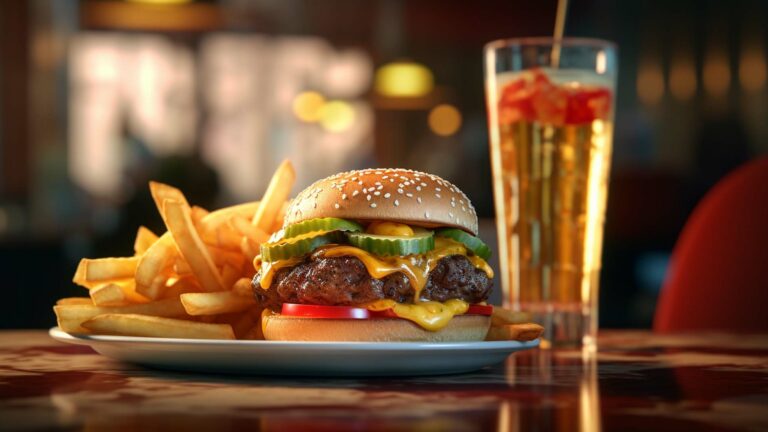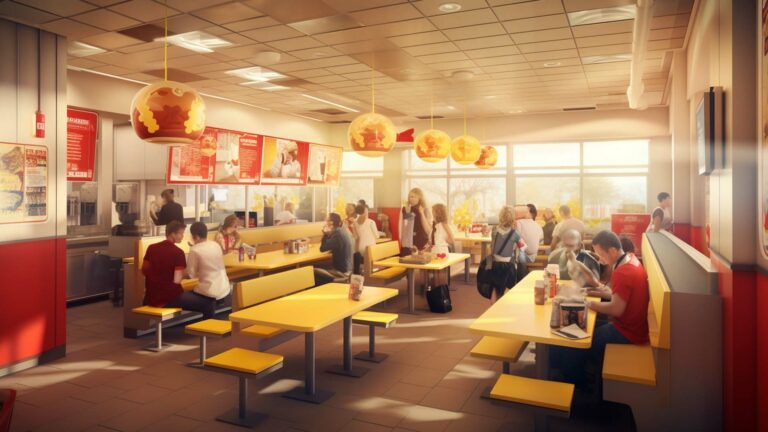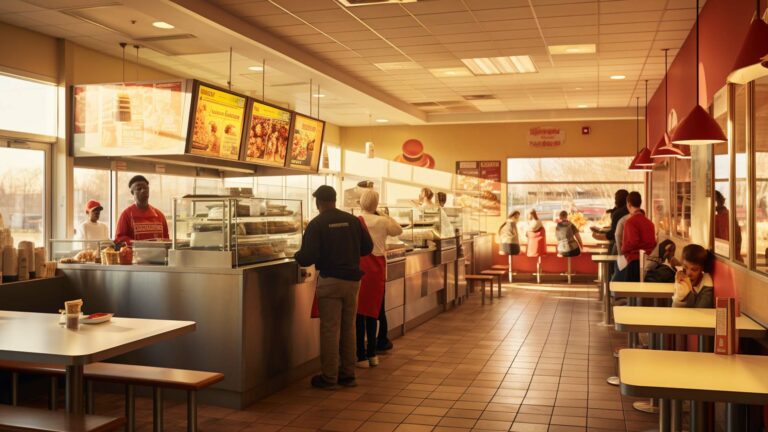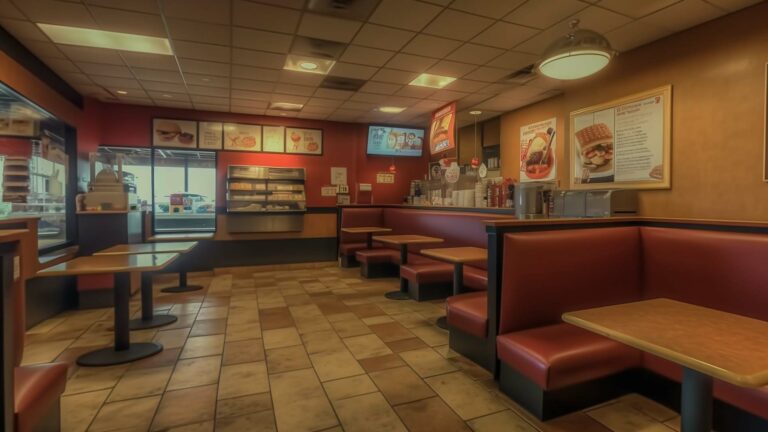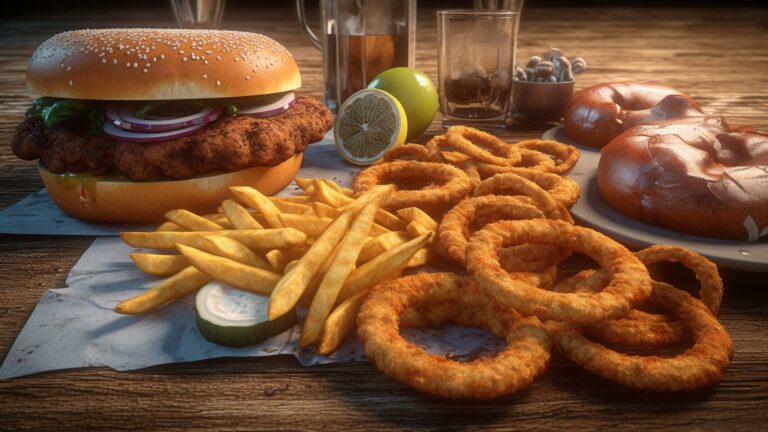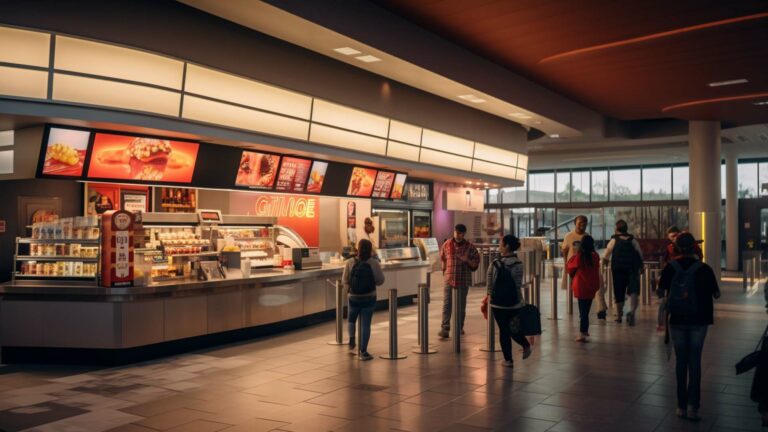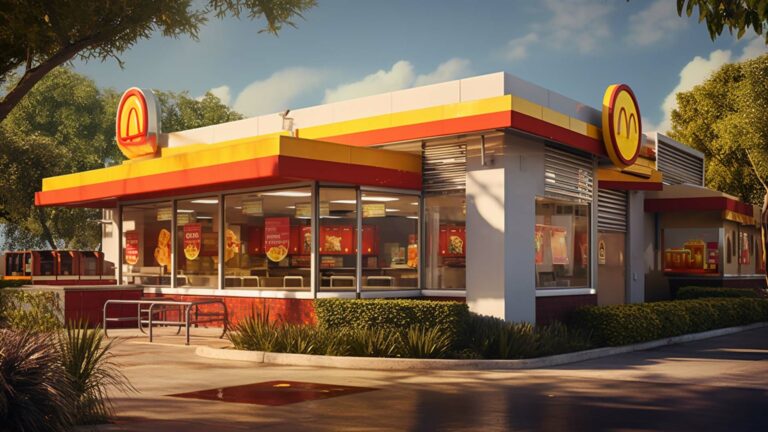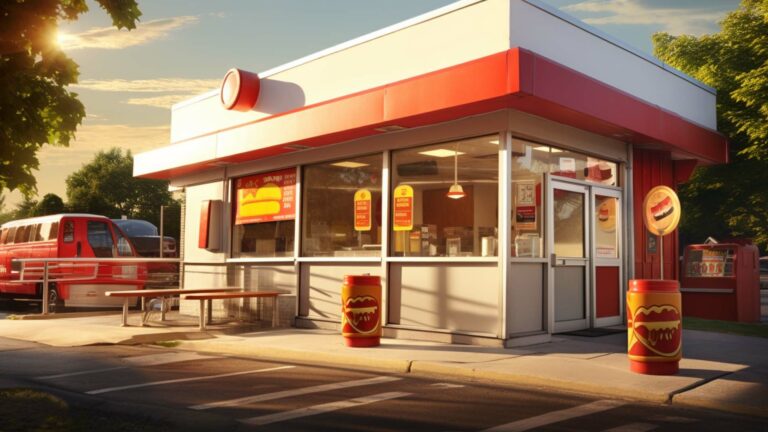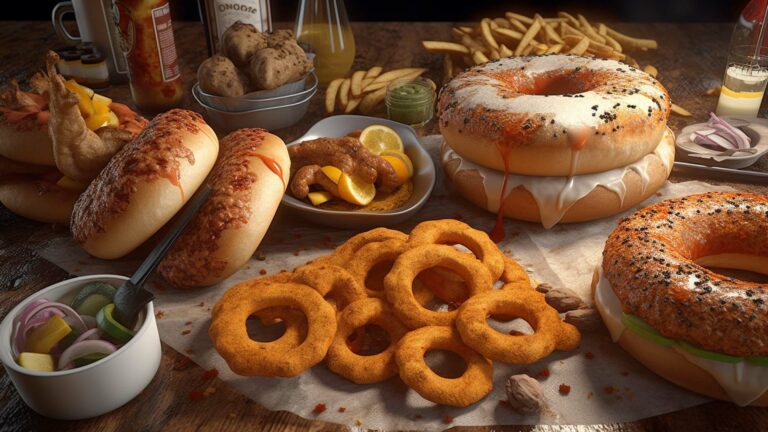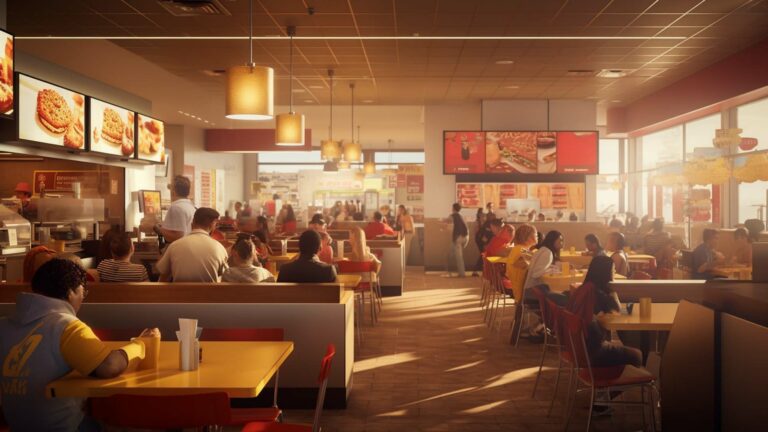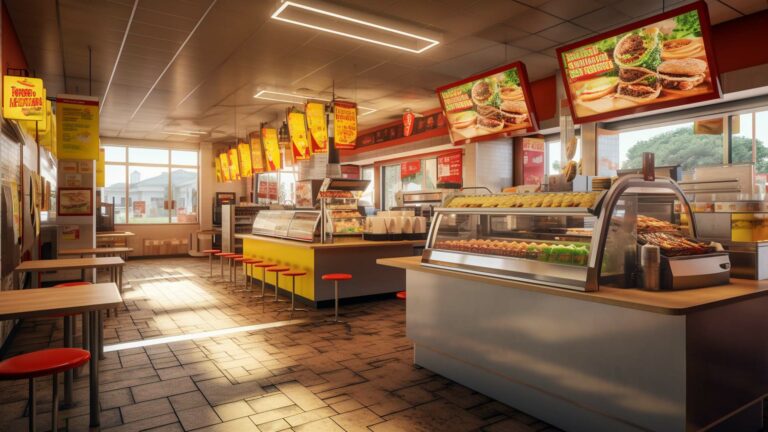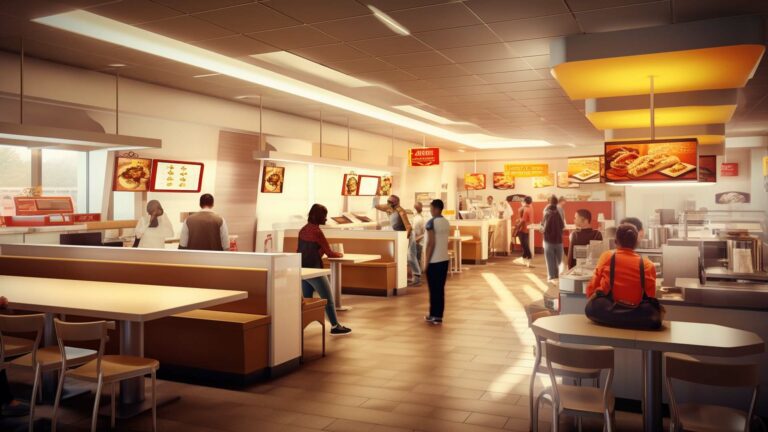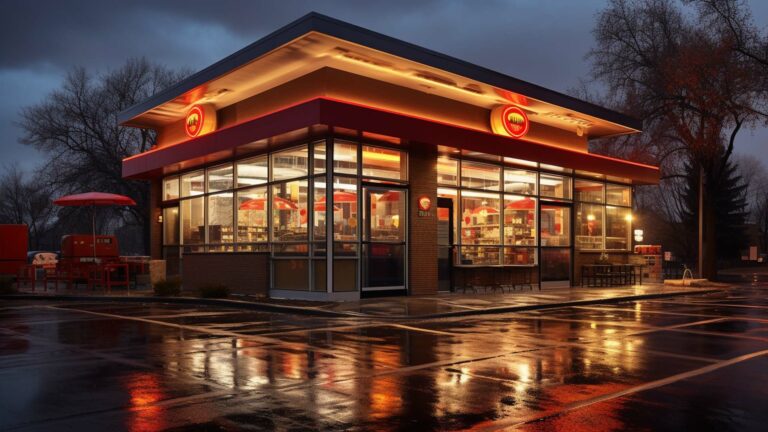Find Fast Food Restaurants Near Me in Michigan
Michigan, a state known for vibrant cities and a rich culture, has thriving fast-food scene. Michigan residents are known for their farm-to-table cuisine and healthy eating habits, but they still enjoy fast food.
Michigan’s wide variety of fast foods caters to many tastes. From the iconic burger joint to mouthwatering tortillas, there is something for everyone. In this episode, we’ll explore Michigan fast food. This includes its history, regional specialty foods, and ongoing evolution.
The Evolution of Fast Food in Michigan
Michigan fast food dates back to the early twentieth century, when drive-ins and diners began offering cheap and quick meals. However, the real revolution came in the 1950s and 1960s with the introduction of fast-food chains such as McDonald’s, Burger King, and Wendy’s.
These establishments standardized food production and implemented efficient systems. They also created a template that allowed rapid expansion.
Popularity and Ubiquity of Fast Food in Michigan
Michigan’s fast food industry is now omnipresent, with many chains covering the state. Fast food’s popularity has many reasons. Fast food is affordable, convenient and consistent.
Busy individuals, seeking a quick meal, are drawn to the convenience of drive-thru windows, mobile ordering apps, and 24-hour service. Fast food is also a good option for people on a budget due to its low prices.
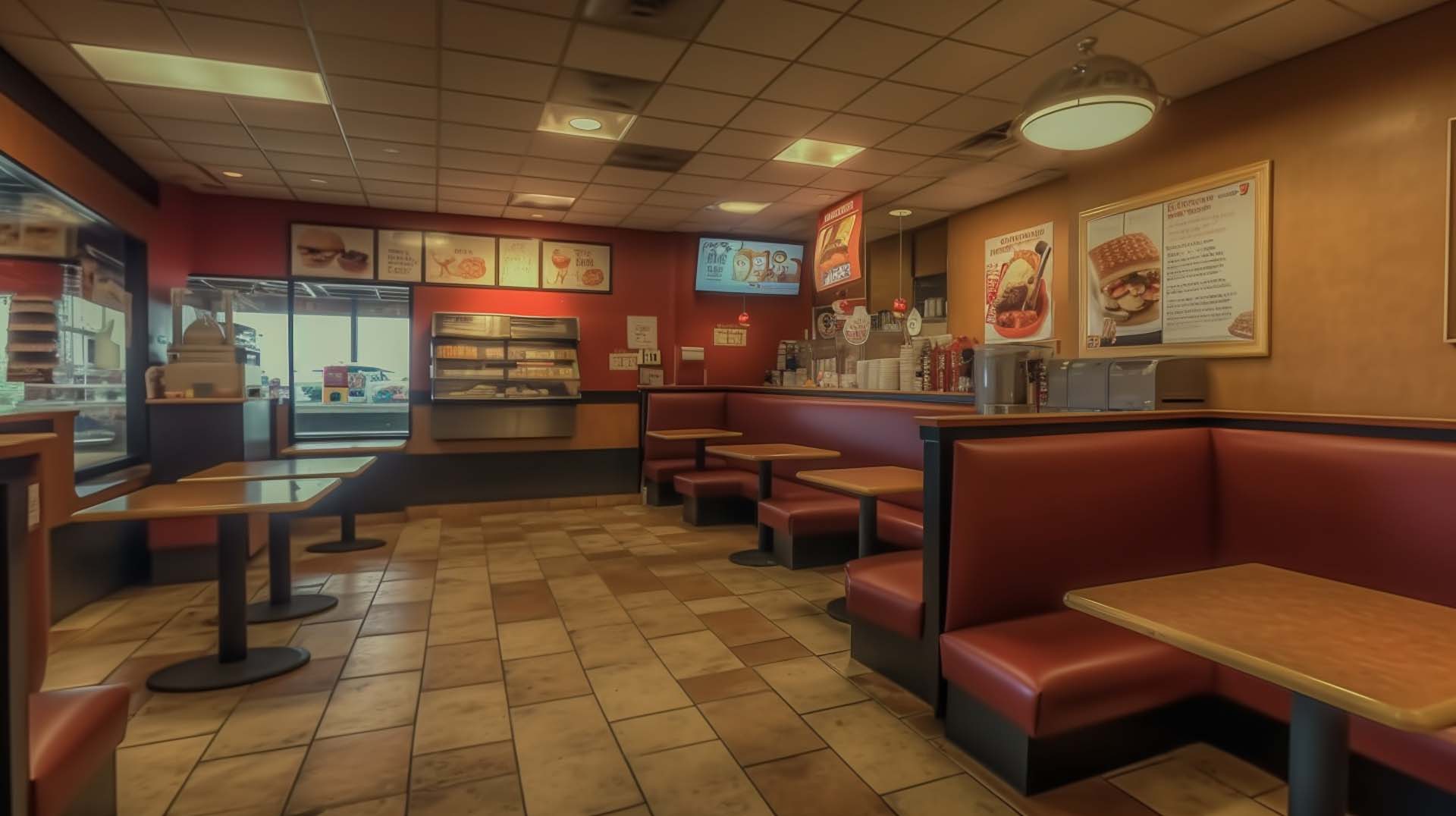
Health Conscious Fast Food Options in Michigan
Recognizing the public health concerns associated with fast food, many chains in Michigan have made efforts to introduce healthier menu options. Salads, grilled foods, and low-calorie meals are all included.
A growing number of consumers have also demanded more transparency, and healthier ingredients. Fast food companies responded by providing more nutritional information and using higher-quality ingredients.
Economic and Employment Impact
Fast-food contributes significantly to the U.S. Economy. It employs millions of workers in Michigan, providing entry-level job opportunities for many. Low wages and few benefits are associated with many of these jobs, which has raised concerns over income inequality and workers’ rights.
Furthermore, the proliferation of fast-food chains has had an adverse effect on local independent restaurants, which struggle to compete with the resources and marketing power of national brands.
The Future of Fast Food in Michigan
Michigan’s fast-food industry is evolving as Michiganns become health-conscious. Some chains have introduced plant-based alternatives, reduced portion sizes, and expanded their menu options to cater to changing tastes and dietary preferences.
Technological advances such as automated ordering kiosks are reshaping and improving the fast-food industry.

About Michigan
Michigan ( MISH-ig-ən) is a state in the Great Lakes region of the Upper Midwestern United States. It borders Wisconsin to the northwest in the Upper Peninsula, and Indiana and Ohio to the south in the Lower Peninsula; it is also connected by Lakes Superior, Michigan, Huron, and Erie to Minnesota and Illinois, and the Canadian province of Ontario. With a population of nearly 10.12 million and an area of 96,716 sq mi (250,490 km2), Michigan is the 10th-largest state by population, the 11th-largest by area, and the largest by area east of the Mississippi River. Its capital is Lansing, and its largest city is Detroit. Metro Detroit is among the nation’s most populous and largest metropolitan economies. The name derives from a gallicized variant of the original Ojibwe word ᒥᓯᑲᒥ (mishigami), meaning “large water” or “large lake”.

